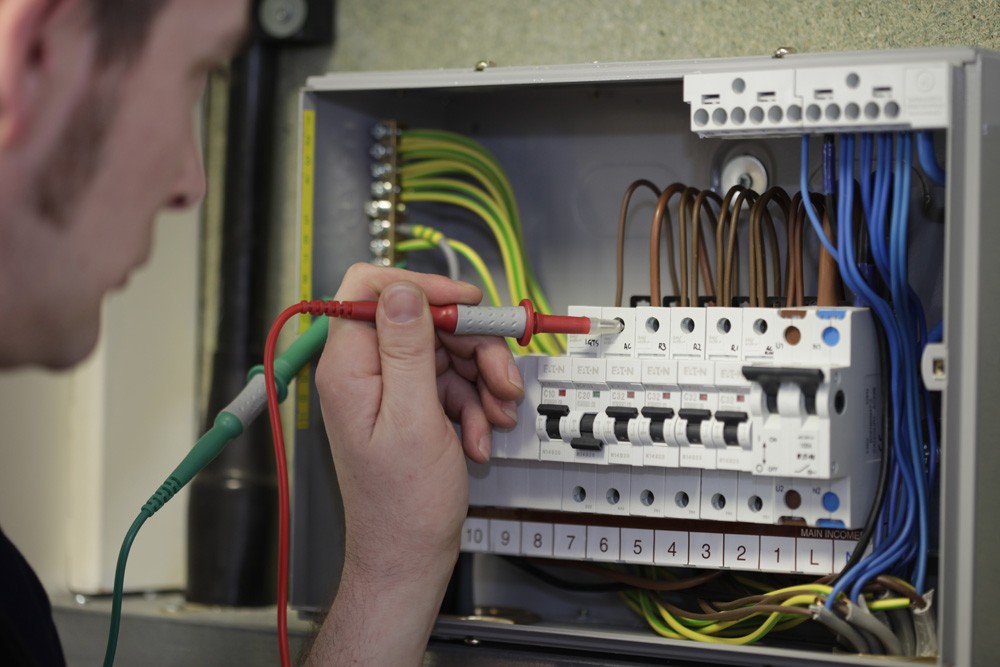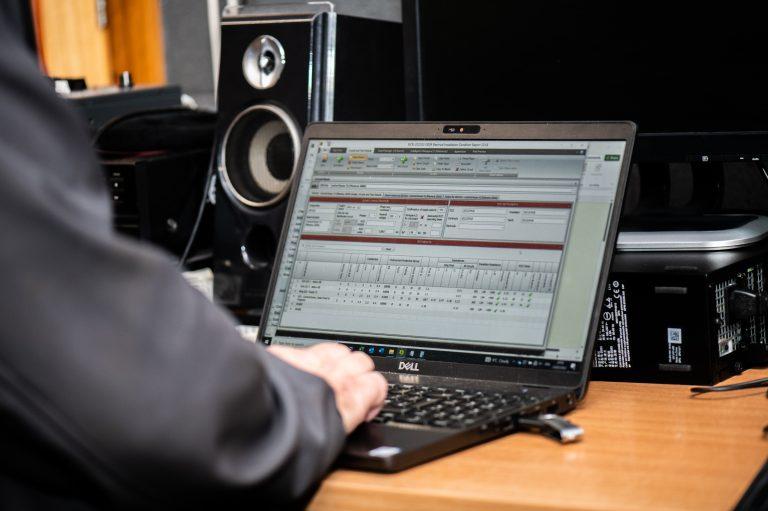Most specifications issued by contractors for Periodic Inspection and Testing services make mention of sample testing.
Most specifications issued by contractors for Periodic Inspection and Testing services make mention of sample testing. This is an area that can often cause confusion for clients when trying to compare quotations for Periodic Testing, and also trying to ascertain the level of service they will be receiving.
Most electrical contractors will quote on the basis that 100% of electrical circuits from every Distribution Board in the installation will be tested, while only a sample (typically 10 to 20%), of the accessories on each circuit (for example sockets and light fittings) will be tested. This sample will be increased if a significant number of faults are found.
Guidance Note 3 (Inspection & Testing) does not allow for sample testing ;of circuits only.
When a contractor offers to insulation Test ;only a sample of the circuits on each Distribution Board (typically 10%), they are in effect offering a much lower level of service that will often be reflected in a lower price. The client should be aware that this lower level of service may not be sufficient to ensure compliance with the various regulations and recommendations.
If a typical electrical Distribution Board had for example 30 circuits, then a testing regime that offered to test a 10% sample of the circuits would only identify and report back on ;3 of those circuits. It is also likely that the ;3 circuits would be the ones that were most easily identified and tested.
Guidance Note 3 (Inspection & Testing) of the 17th Edition IEE Wiring Regulations recommends that the results of tests should be compared with those taken when the installation was last tested and any differences noted. Unless the reasons for such differences can be clearly identified as relating only to the sample concerned, more tests must be carried out. If these, too, fail to comply with the required values, the complete installation must be retested and the necessary correcting action taken.
The conclusion from this is that there are two possible scenarios that may arise from testing only a 10% sample of circuits:
1) The same 10% of the installation must be tested each time in order to compare results with previous test results, and the remaining 90% will never be tested.
2) A different 10% of the installation will be tested each time, in which case there will be no previous test results to compare against, and in a typical office type environment that will be tested every 5 years it will still take 50 years for all circuits to be tested.
Either scenario will very likely be a major cause of concern for any clients who correctly view ;Periodic Testing as a valuable Health & Safety function, as well as for insurance companies and/or the courts in the event of an accident or fire.




